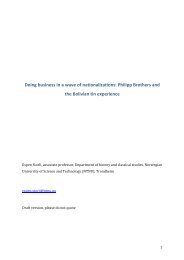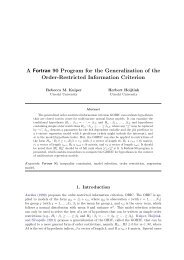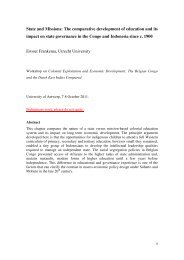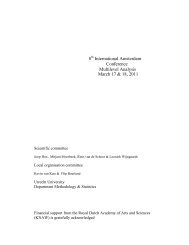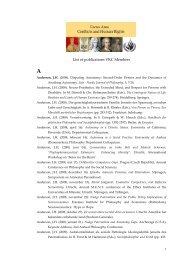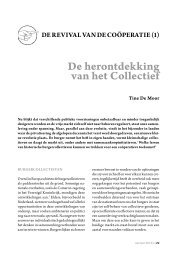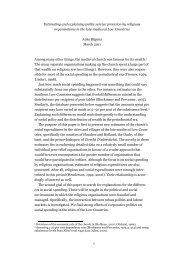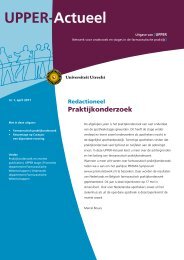New Approaches to Medieval Communication?1
New Approaches to Medieval Communication?1
New Approaches to Medieval Communication?1
Create successful ePaper yourself
Turn your PDF publications into a flip-book with our unique Google optimized e-Paper software.
<strong>New</strong> <strong>Approaches</strong> <strong>to</strong> <strong>Medieval</strong> <strong>Communication</strong>?21See (1). Add: humankind; christendom; the sender himself; a combination.7 Which is the receiver’s sex?See (2). Add: combination.8 Which is the receiver’s age?See (3). Add: combination.A few explana<strong>to</strong>ry notes on details of this questionnaire may be necessary.In the Middle Ages, supernatural beings were considered <strong>to</strong> have propertieswhich allowed them <strong>to</strong> communicate freely with mortals. This means that theyhave <strong>to</strong> figure among the groups of senders (1) and receivers (6) of messages,<strong>to</strong>gether with the social groups studied until now. The study of the symbolicuses of writing is greatly helped by the provisional inclusion of these medieval‘realities’. When we want <strong>to</strong> inform or instruct others, we need our senses, thereceivers <strong>to</strong> decode the messages. Our message has <strong>to</strong> be encoded in olfac<strong>to</strong>ry,sapid, tactile, audible or visual form. Information, according <strong>to</strong> our twentiethcenturyideas, may only be transmitted via physical media, and apart from hissenses man has no ‘receivers’ in Shannon’s sense. If, in the Middle Ages,someone thought a supernatural being <strong>to</strong> communicate a message by immaterialmeans, his appearance was usually described as if it was perceived by theordinary senses.The list of subjects of the messages communicated (5) is obviously notcomplete: those listed concern mainly types of social activities with whichhis<strong>to</strong>rians are well acquainted. Some readers may be surprised <strong>to</strong> find thatneither literature, art, nor music is represented by itself; they seem subsumedunder the heading “concerning the image the social group of the sender has ofitself and others”. This does not represent an aversion from aesthetics. <strong>Medieval</strong>communication, however, is an his<strong>to</strong>rical rather than merely a literary orartistic subject. All forms, products and traces of acts of communication arestudied for the light they may shed on the subject.It will be clear that not all forms of communication were available <strong>to</strong> allmedieval men, nor <strong>to</strong> all medieval societies. More in particular, this is the casewith the written word. And here a problem arises. When thinking about communication,recent research has a tendency <strong>to</strong> focus its attention <strong>to</strong> oral andwritten messages. Verbal forms are indeed a privileged part of communication.Yet non-verbal phenomena which may be apprehended by our senses are alsopotential channels of communication.Verbal forms of communication are privileged because they concern thespoken and written natural languages. No society is conceivable without lan-



